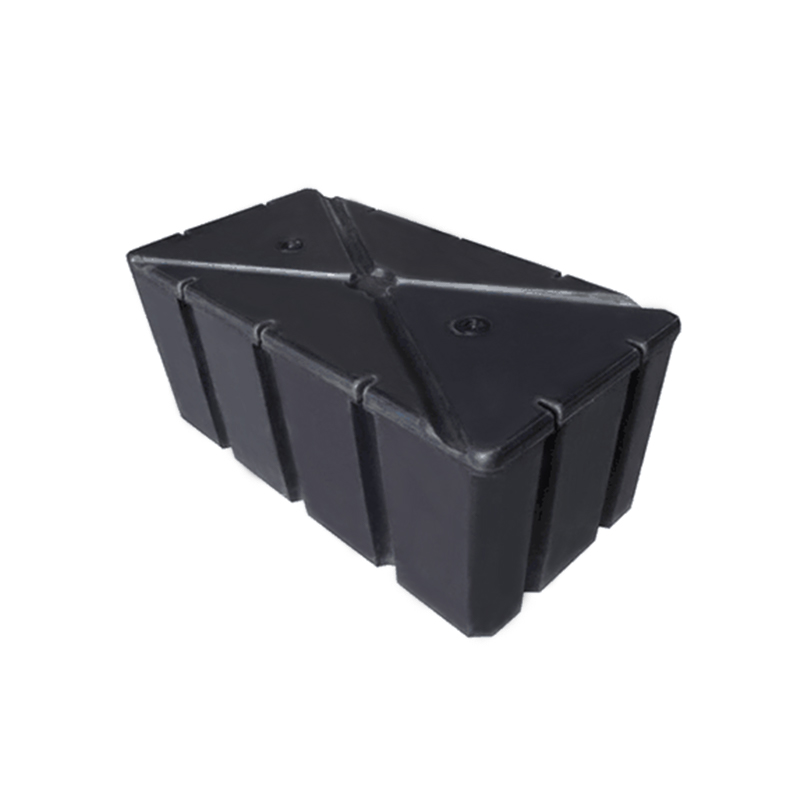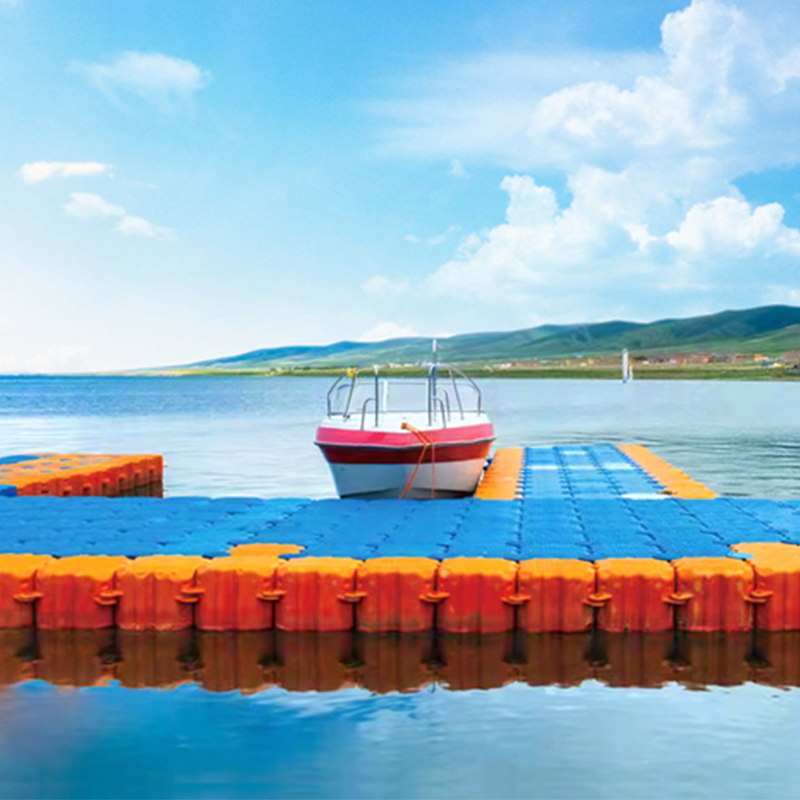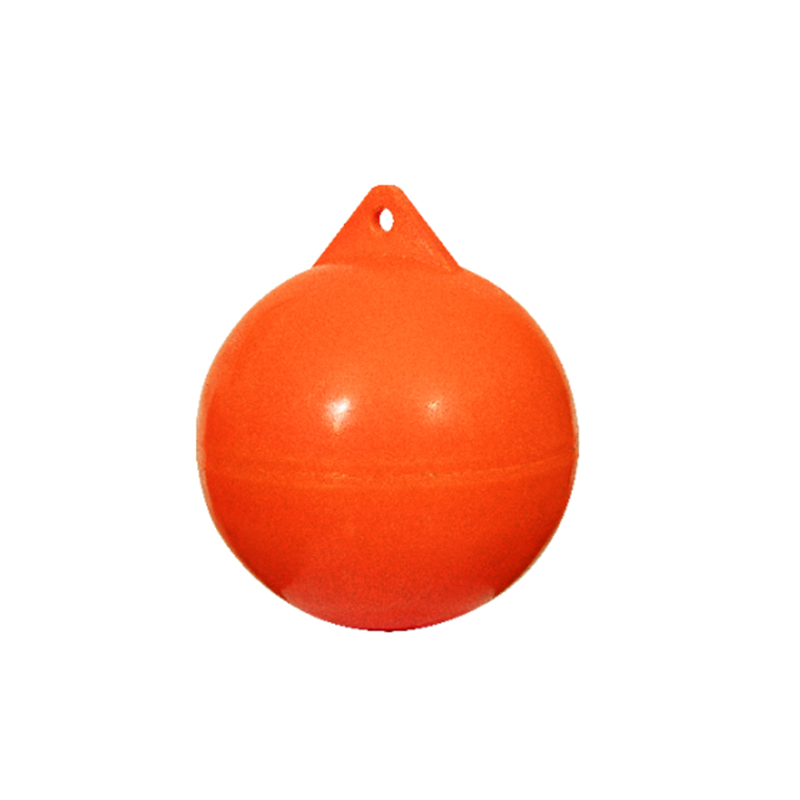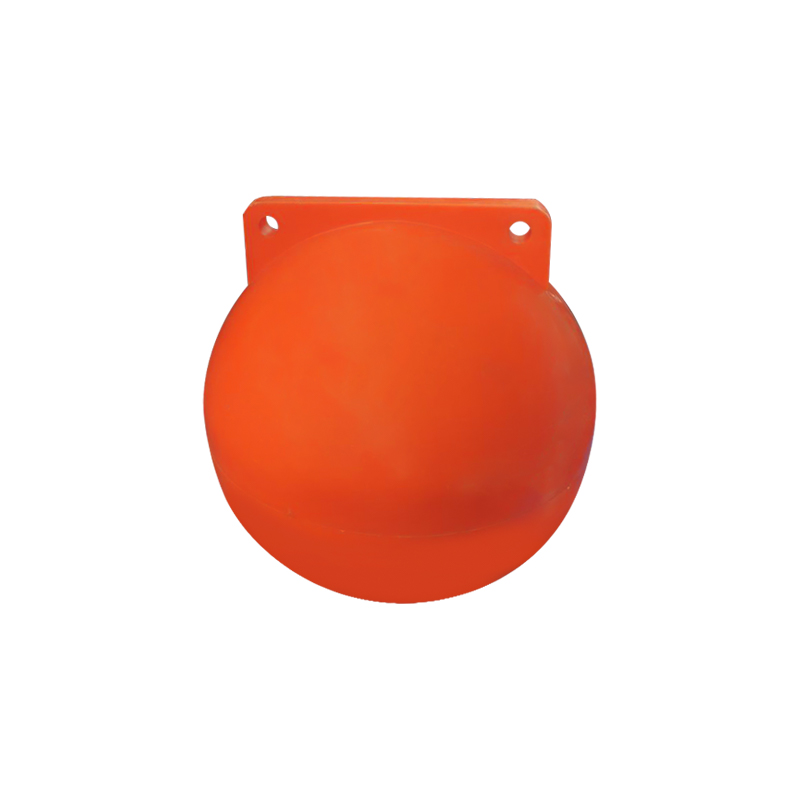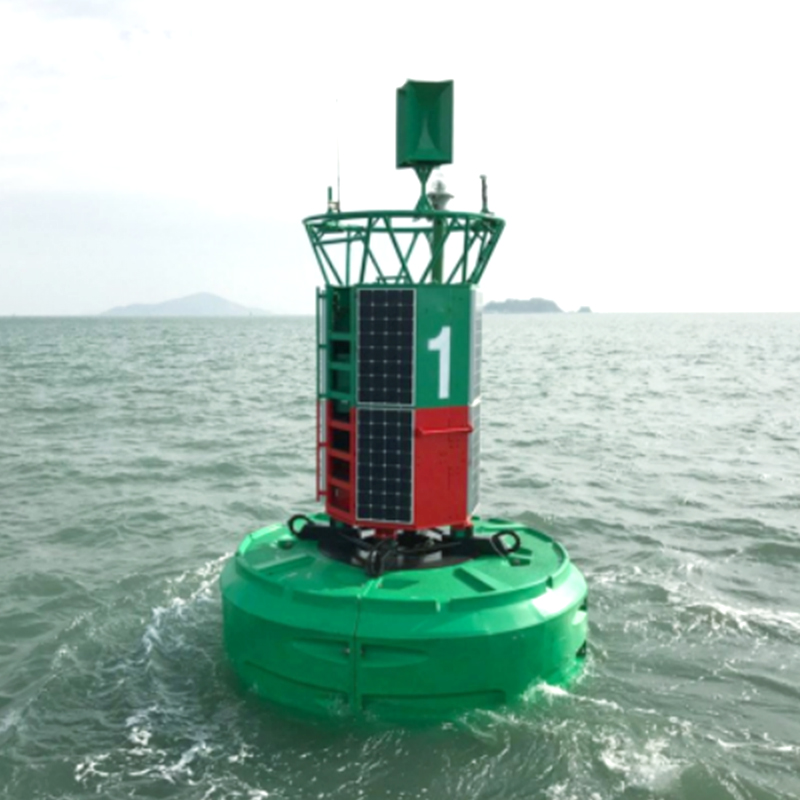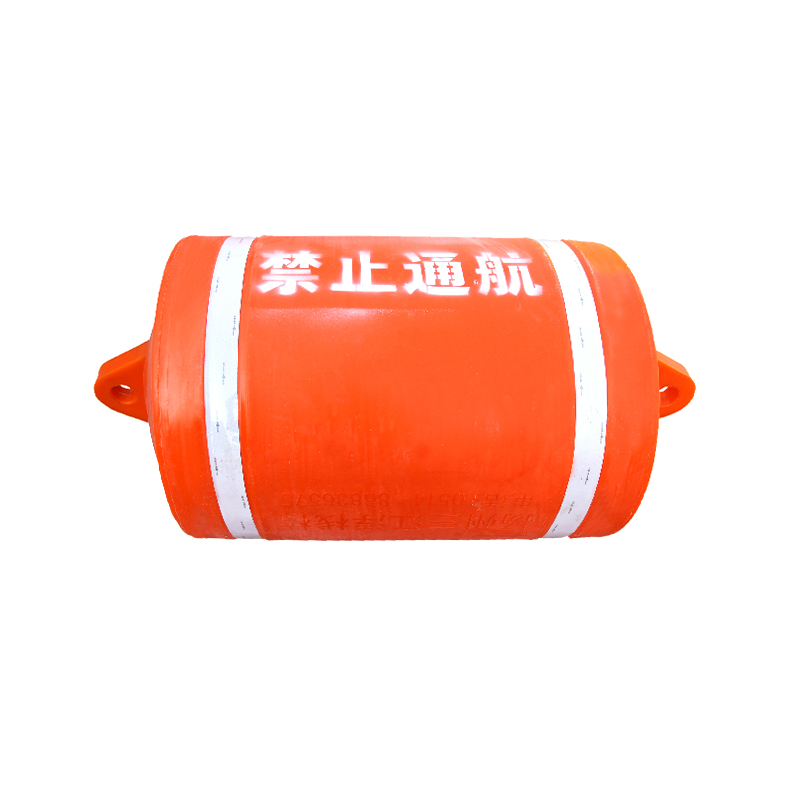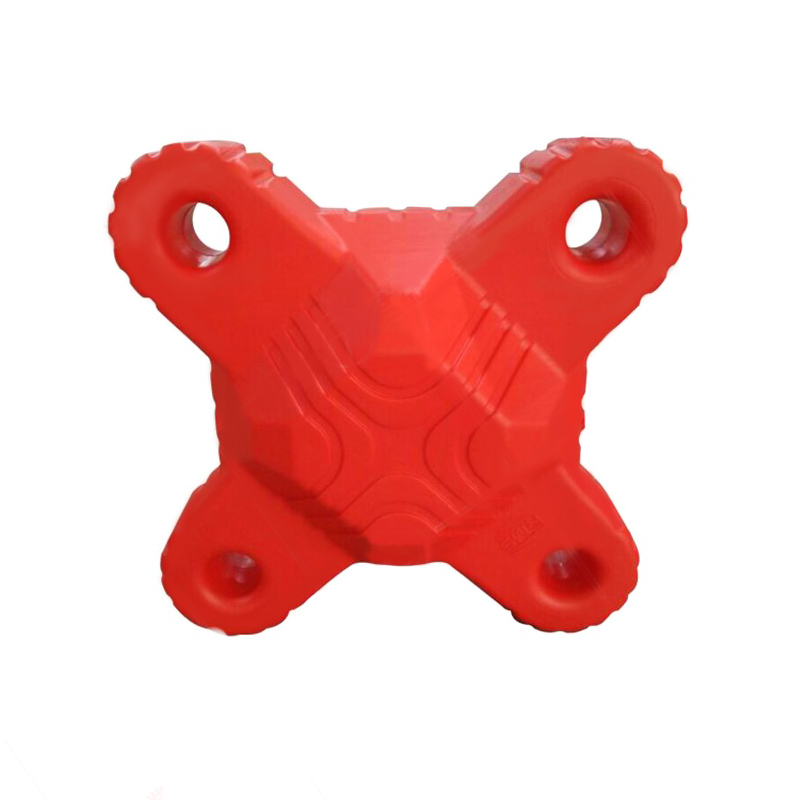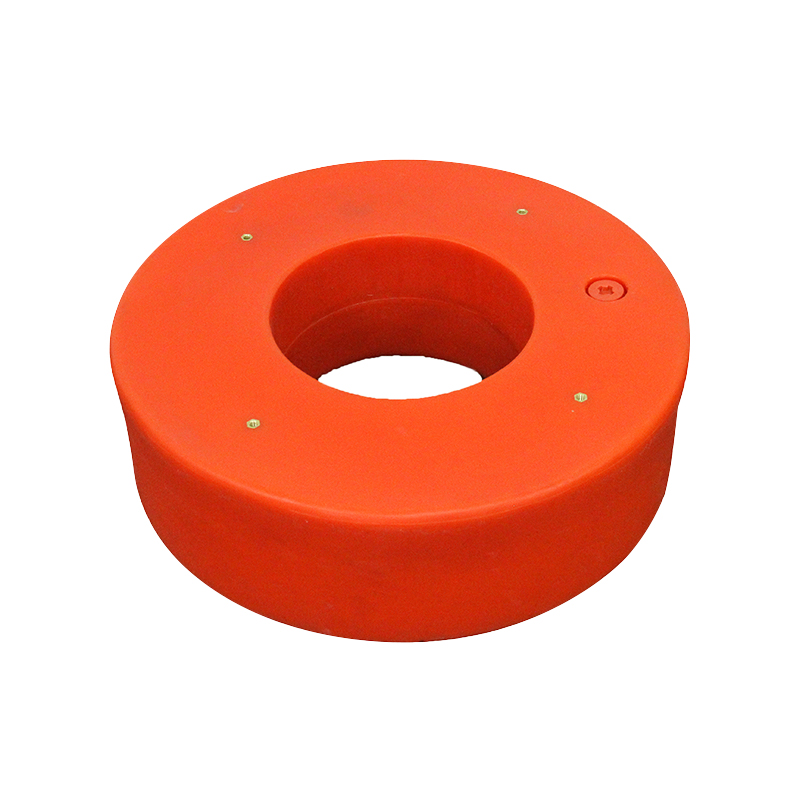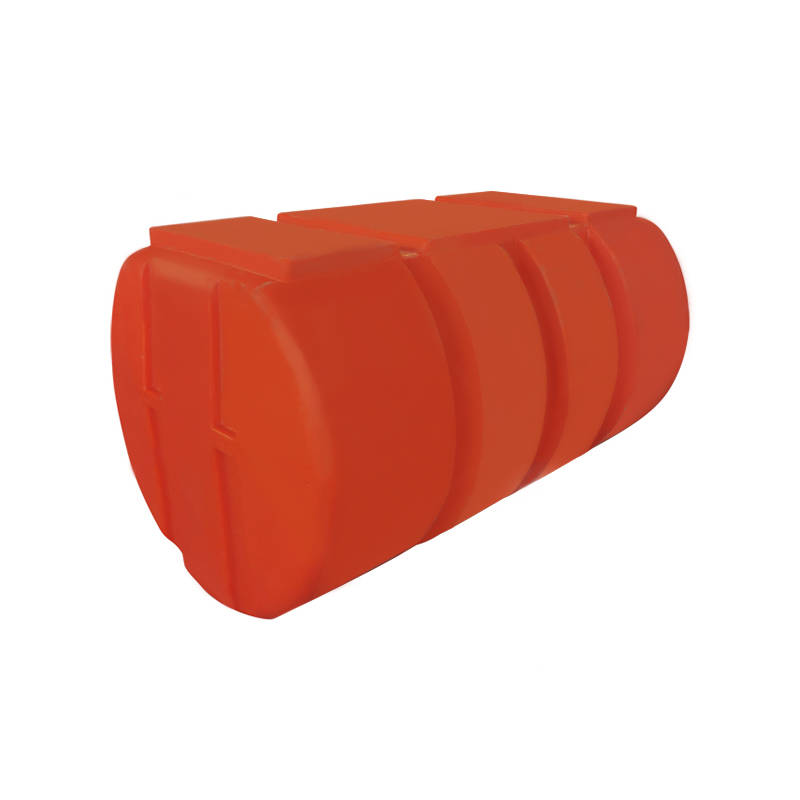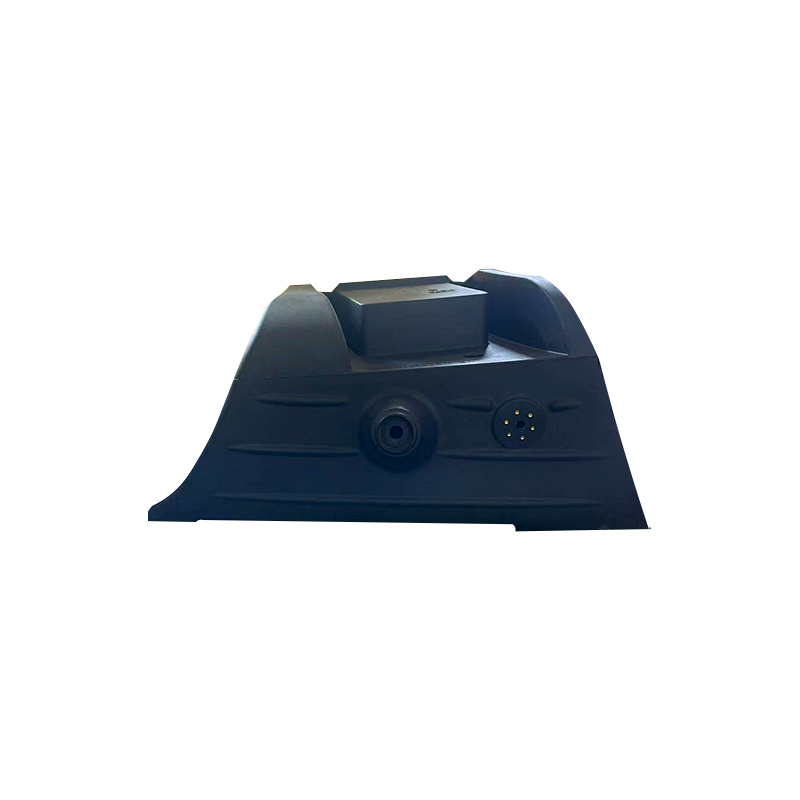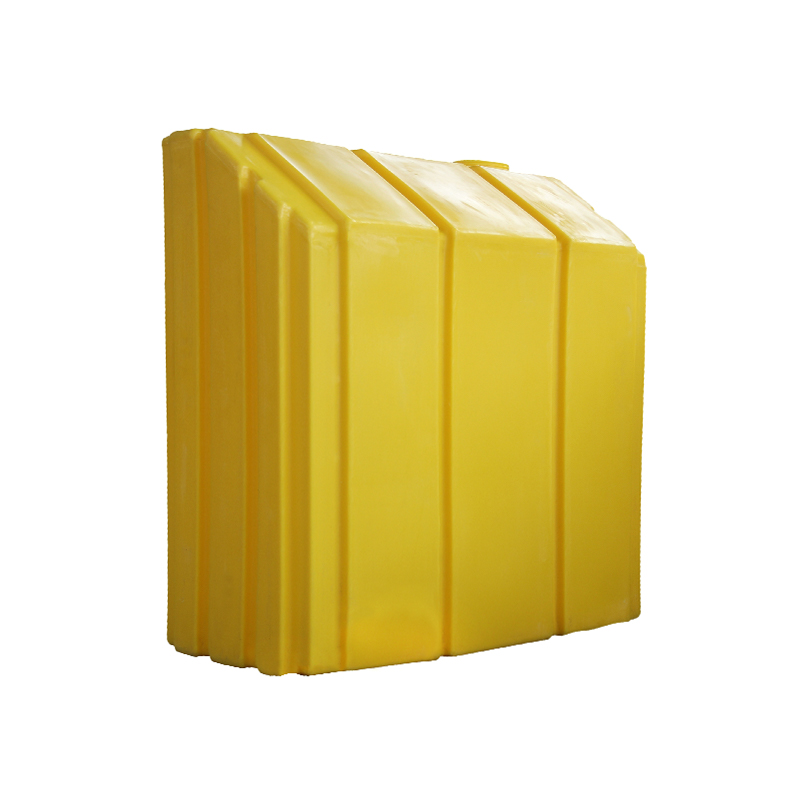Top 10 Benefits of Using Aquaculture Barrels in Modern Aquafarming
Aquaculture barrels have become increasingly popular in modern fish farming due to their efficiency, affordability, and environmental benefits. As aquaculture continues to grow globally, these barrels offer innovative solutions for both small and large-scale farmers.
1. Cost-Effective Setup and Maintenance
Aquaculture barrels are one of the most cost-effective solutions for fish farmers. Unlike expensive concrete ponds or custom-built tanks, barrels are affordable and widely available. Their lightweight design reduces installation costs and eliminates the need for heavy machinery. Maintenance costs are minimal because barrels require less cleaning and have fewer structural issues. This low barrier to entry makes aquaculture barrels an excellent choice for new farmers or those with limited capital.
2. Space Efficiency for Maximized Production
Maximizing space is critical in modern aquafarming, especially in urban or land-scarce environments. Aquaculture barrels take up much less space than traditional ponds, and their compact design allows for vertical stacking or tiered arrangements. This vertical farming technique increases the production capacity per square meter, helping farmers maximize yield without needing additional land. This makes barrels ideal for rooftop farms, greenhouses, or indoor aquaculture setups.
3. Easy to Manage Water Quality
Maintaining optimal water quality is essential for healthy fish growth. Aquaculture barrels provide a controlled environment where water parameters like temperature, dissolved oxygen, pH, and ammonia levels can be closely monitored and adjusted. The closed or semi-closed nature of barrels reduces contamination risks and allows for the installation of automated sensors and aerators, ensuring consistent and ideal living conditions for aquatic species.
4. Reduced Risk of Disease and Predation
Disease outbreaks are a major challenge in aquaculture. Using barrels significantly reduces this risk because they offer a more contained environment that limits exposure to external pathogens and predators such as birds or larger fish. Barrels can be easily sterilized between batches, preventing cross-contamination. This safer environment leads to higher survival rates and healthier stock, increasing overall productivity.
5. Portability and Flexibility for Dynamic Farming
One standout feature of aquaculture barrels is their portability. Unlike permanent ponds or tanks, barrels can be moved, rearranged, or stored depending on operational needs or seasonal changes. This flexibility allows farmers to optimize space usage and respond quickly to environmental conditions or market demands. Portable barrels also simplify farm expansion or relocation, making aquaculture more adaptable and resilient.
6. Enhanced Biofiltration Capabilities
Many aquaculture barrels are designed to integrate biofiltration systems that promote the breakdown of harmful nitrogen compounds like ammonia and nitrites. Effective biofiltration improves water quality by supporting beneficial bacteria that convert toxic substances into less harmful forms. This biological filtration enhances fish health, reduces water changes, and lowers operational costs, making barrels a sustainable choice for long-term aquaculture success.
7. Scalability for Various Farm Sizes and Production Goals
Aquaculture barrels offer excellent scalability. Whether you operate a small backyard farm or a commercial aquaculture enterprise, you can easily adjust the number of barrels to match your production targets. This modular approach allows farmers to start small and expand gradually without major investments. Scalability also means better risk management, as problems in one barrel won’t affect the entire farm.
8. Water Conservation and Environmental Benefits
Water conservation is increasingly important in aquaculture due to environmental concerns and rising costs. Aquaculture barrels typically use significantly less water than traditional pond systems, thanks to their closed or recirculating design. Reduced water usage helps conserve natural resources and lowers the farm’s ecological footprint. Barrels minimize water discharge and pollution, contributing to environmentally responsible aquaculture practices.
9. Improved Harvesting Efficiency and Labor Savings
Harvesting fish from large ponds can be labor-intensive and stressful for both fish and farmers. In contrast, aquaculture barrels simplify harvesting because fish are concentrated in a small, manageable space. This reduces handling time and minimizes stress-induced mortality. Labor savings and easier harvest logistics translate into higher profitability and more efficient farm operations.
10. Versatility for Cultivating Various Aquatic Species
Aquaculture barrels are highly versatile and can be used to cultivate a wide range of species, including tilapia, catfish, shrimp, ornamental fish, and more. Their adaptable design allows for modifications tailored to species-specific needs, such as water temperature control, aeration, and feeding systems. This versatility makes barrels an attractive option for farmers looking to diversify their production and explore niche markets.


 English
English عربى
عربى
